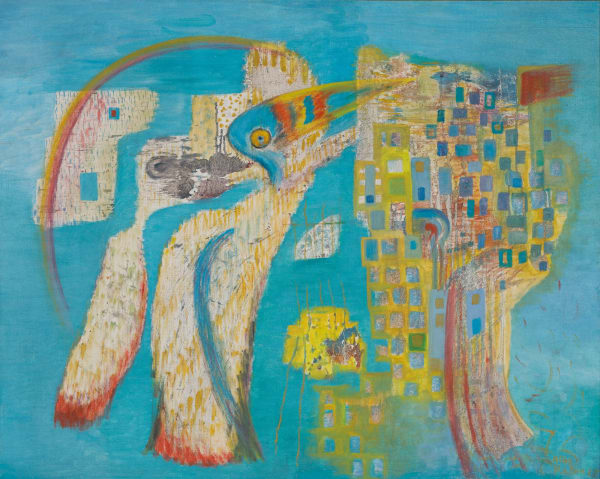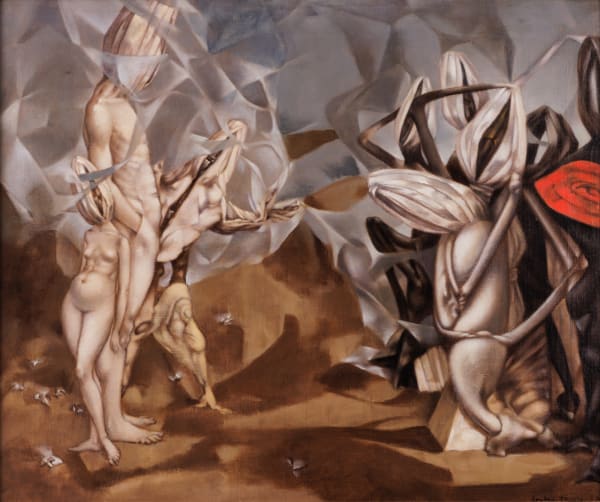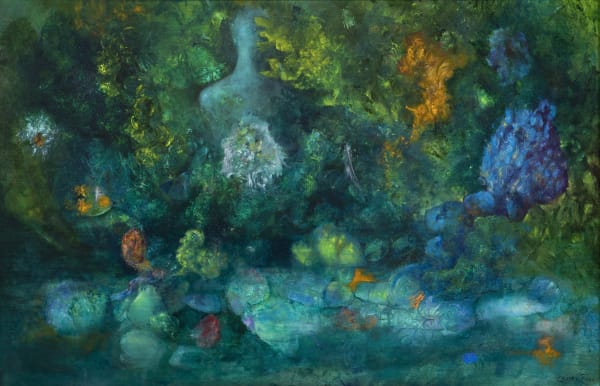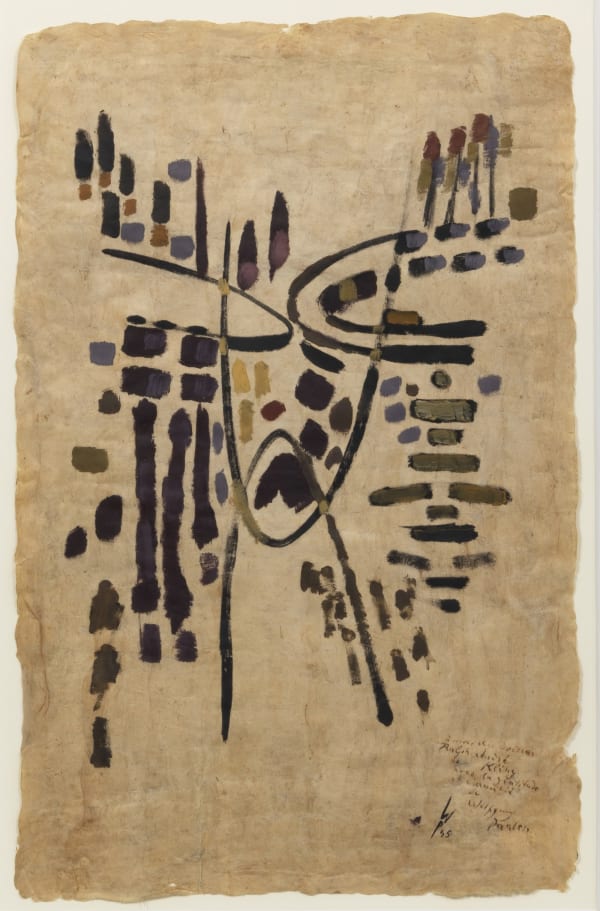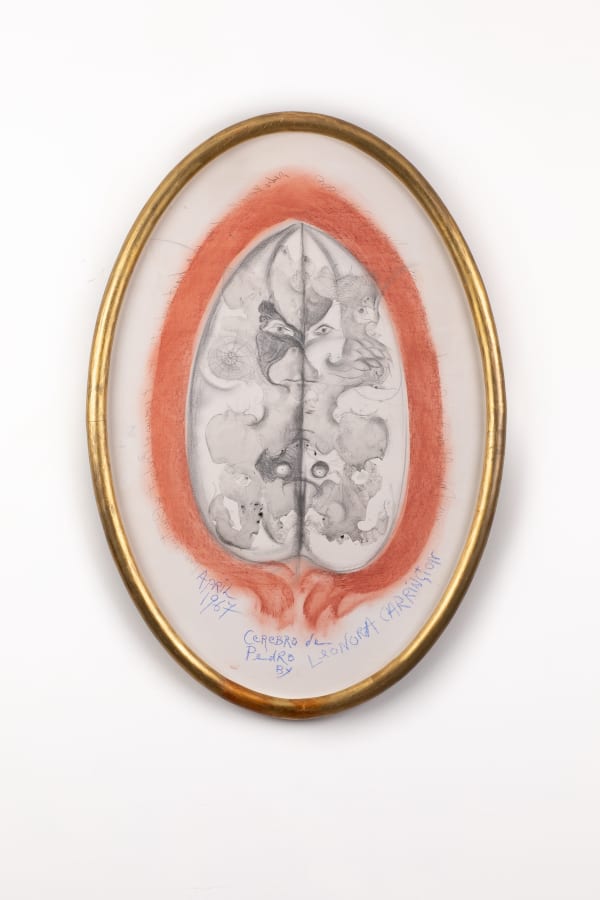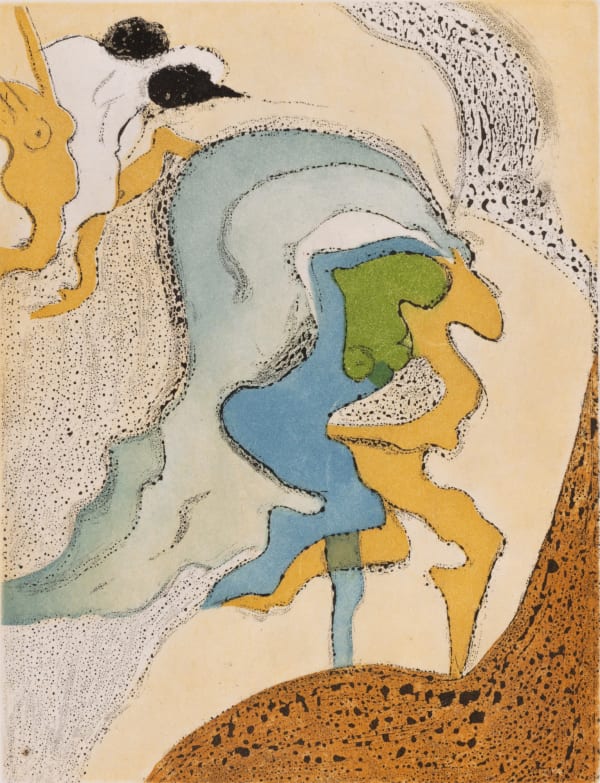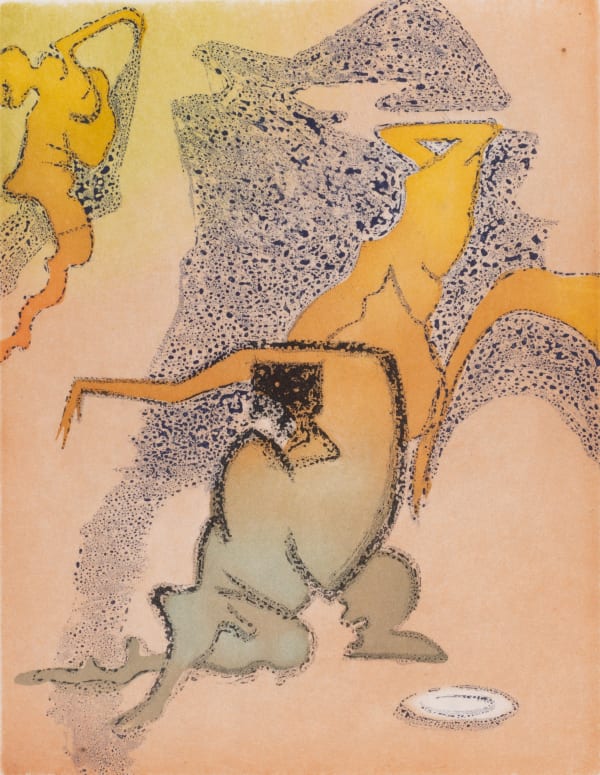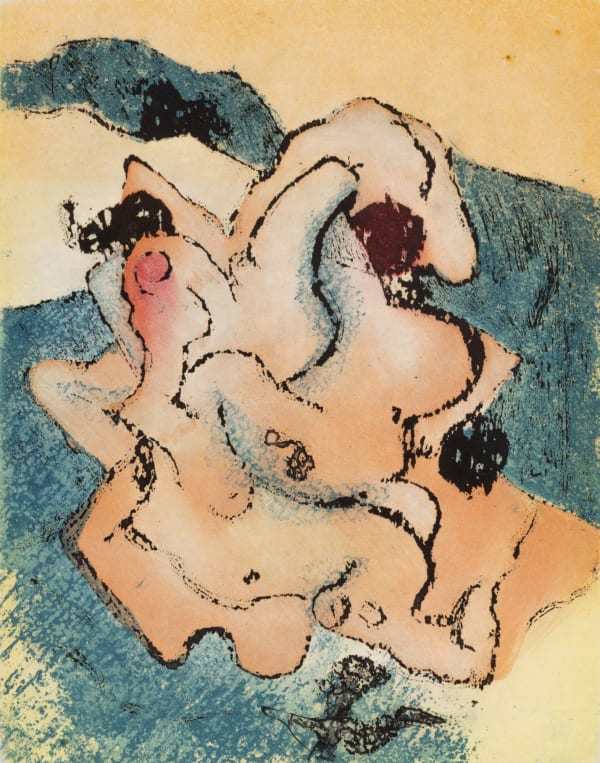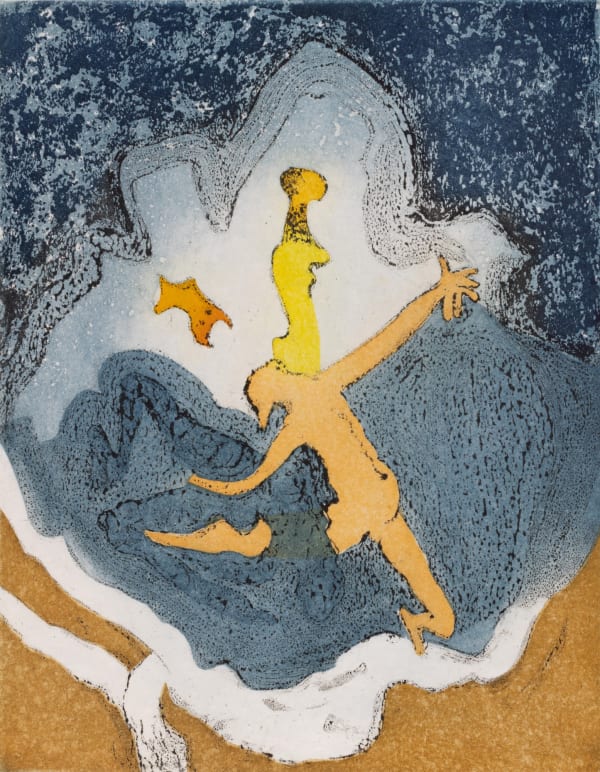Modern Milieu
Gallery Wendi Norris
436 Jackson Street, San Francisco
Gallery Wendi Norris presents Modern Milieu, featuring works by Leonora Carrington, Leonor Fini, Wolfgang Paalen, Alice Rahon, and Dorothea Tanning. Coinciding with the gallery’s adjacent installation of twelve bronze sculptures by Max Ernst at Transamerica Pyramid Center, Modern Milieu showcases works by these five artists who were linked to Ernst, demonstrating the impact of his pathbreaking oeuvre on the practices of these artists—as well as their influence on him—as they pushed the boundaries of modern art.
Carrington, Fini, Paalen, Rahon, and Tanning were, by varying degrees, associated with Ernst. Carrington lived with Ernst in the south of France, where the two artists transformed their rural Saint-Martin-d’Ardèche house into a total work of art, the remnants of which are currently on view at Transamerica Pyramid Center. Escaping war-torn France for the United States, Ernst met and later married Tanning, moving to Sedona, AZ. A dreamlike desert landscape she painted there, Rencontre (1952), depicts a fantastical vision of her natural surroundings as well as, possibly, the figure of Ernst himself. Fini, who famously disavowed the Surrealist movement’s leader, André Breton, was an inspiration behind some of the themes and imagery that Ernst developed throughout his career, notably her frequent depiction of the sphinx, a figure that appears in Ernst’s oeuvre, including in his sculptures from Saint-Martin-d’Ardèche.
Works by Paalen and Rahon demonstrate the influence that the Americas had on both artists’ interests and visual language. Like Ernst, Paalen and Rahon left France at the outset of World War II, first traveling to the United States and Canada, before settling in Mexico where they expanded the horizons of the avant-garde—and Surrealism, in particular—which until then had primarily been centered in European art circles. Paalen melded Eastern and Western artistic traditions in the monumental painting, Messagers des trois pôles (Messengers from Three Poles) (1949), a masterpiece of Dynaton art, the art movement he helped found in the Bay Area as a counterpoint to Surrealism.
-

Wolfgang Paalen, Messagers des trois pôles (Messengers from Three Poles), 1949. Oil on canvas, 80 x 61 inches / 203.2 x 154.94 cm
-

Alice Rahon, El tucán y el arco iris, Homenaje a Wolfgang Paalen, 1967. Oil on canvas, 31 1/2 x 39 3/8 inches / 80.01 x 100.03 cm
-

Dorothea Tanning, Rencontre, 1952. Oil on canvas, 20 x 24 inches / 50.8 x 60.96 cm
-

Leonor Fini, L'Eau endormie, 1962. Oil on canvas, 23 5/8 x 36 1/4 inches / 60.02 x 92.08 cm
-

Wolfgang Paalen, Aerogyl, 1945. Oil on Amate paper, 25 x 16 inches / 63.5 x 40.64 cm
-

Leonora Carrington, Cerebro de Pedro, 1967. Mixed media on paper board, 28 1/2 x 19 1/4 inches / 72.39 x 48.9 cm
-

Dorothea Tanning, Midi et demi (Half-Past Noon), 1973. Aquatint and sugar-lift aquatint on japon paper, 11 x 8 1/2 inches / 27.94 x 21.59 cm. Edition of 100
-

Dorothea Tanning, Quoi de plus (What More), 1973. Aquatint and sugar-lift aquatint on japon paper, 11 x 8 1/2 inches / 27.94 x 21.59 cm. Edition of 100
-

Dorothea Tanning, C'est au Soleil (In the Sunshine), 1973. Aquatint and sugar-lift aquatint on japon paper, 11 x 8.5 inches / 27.94 x 21.59 cm. Edition of 100
-

Dorothea Tanning, À la nage (Swimming), 1973. Aquatint and sugar-lift aquatint on japon paper, 11 x 8.5 inches / 27.94 x 21.59 cm. Edition of 100


